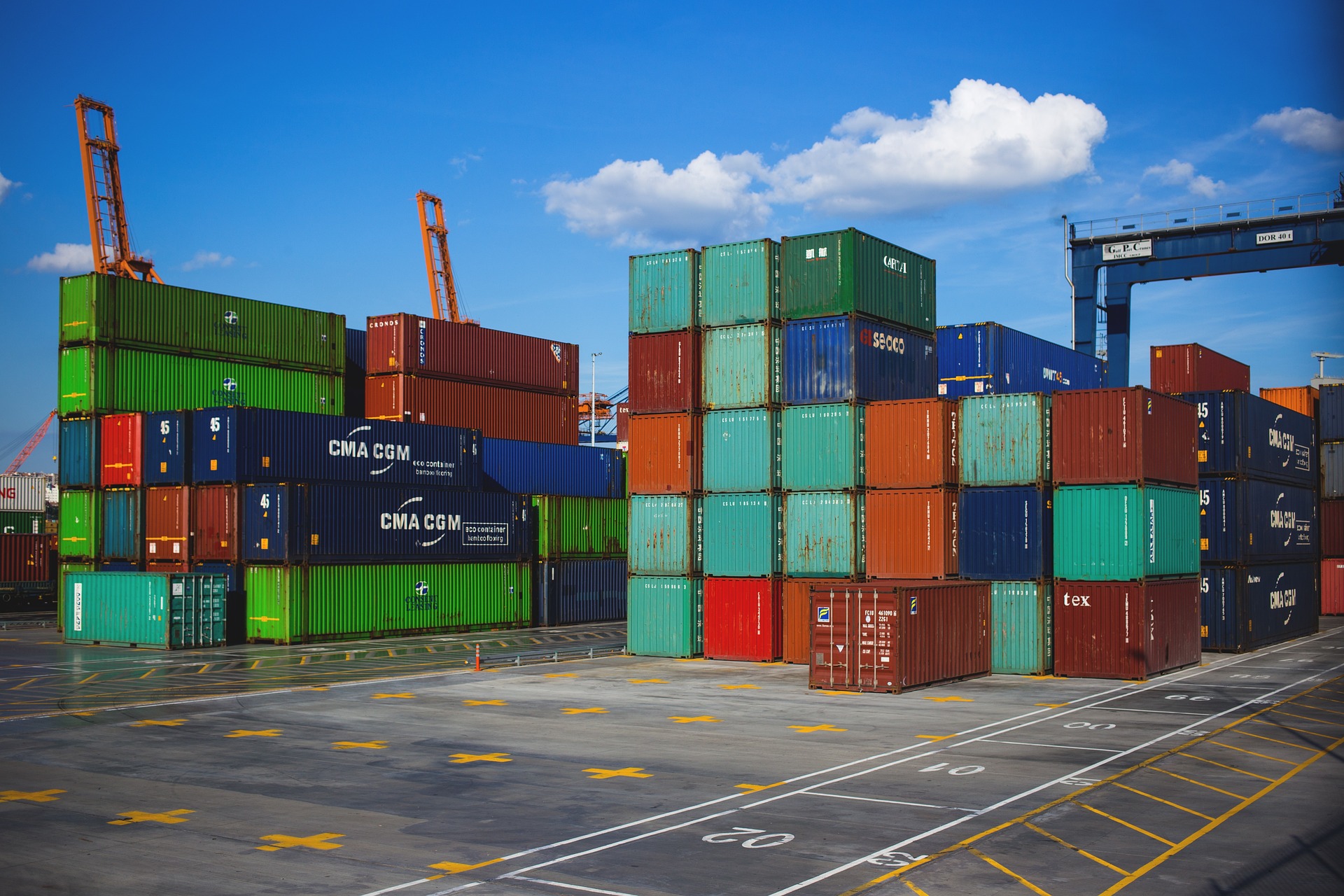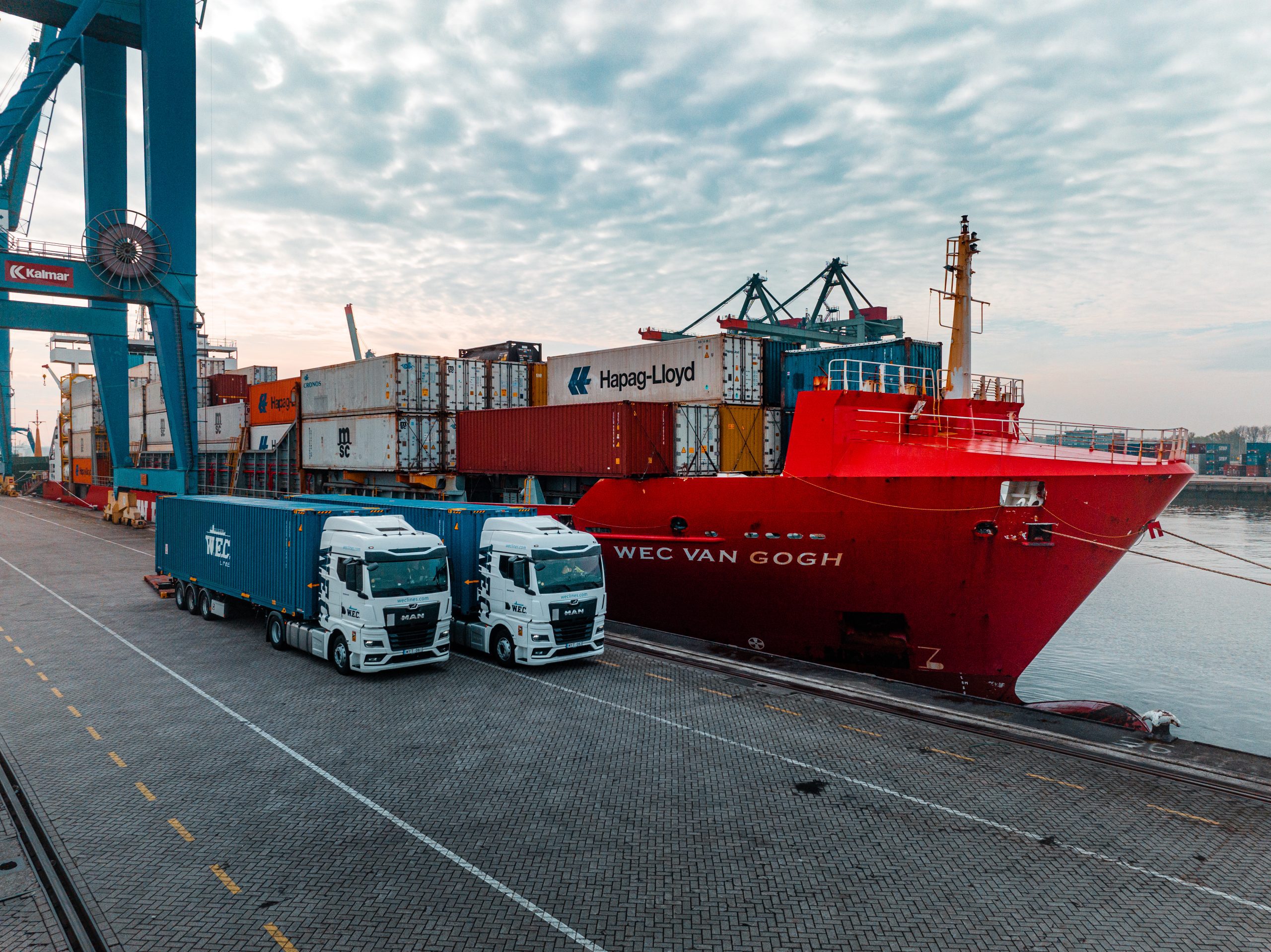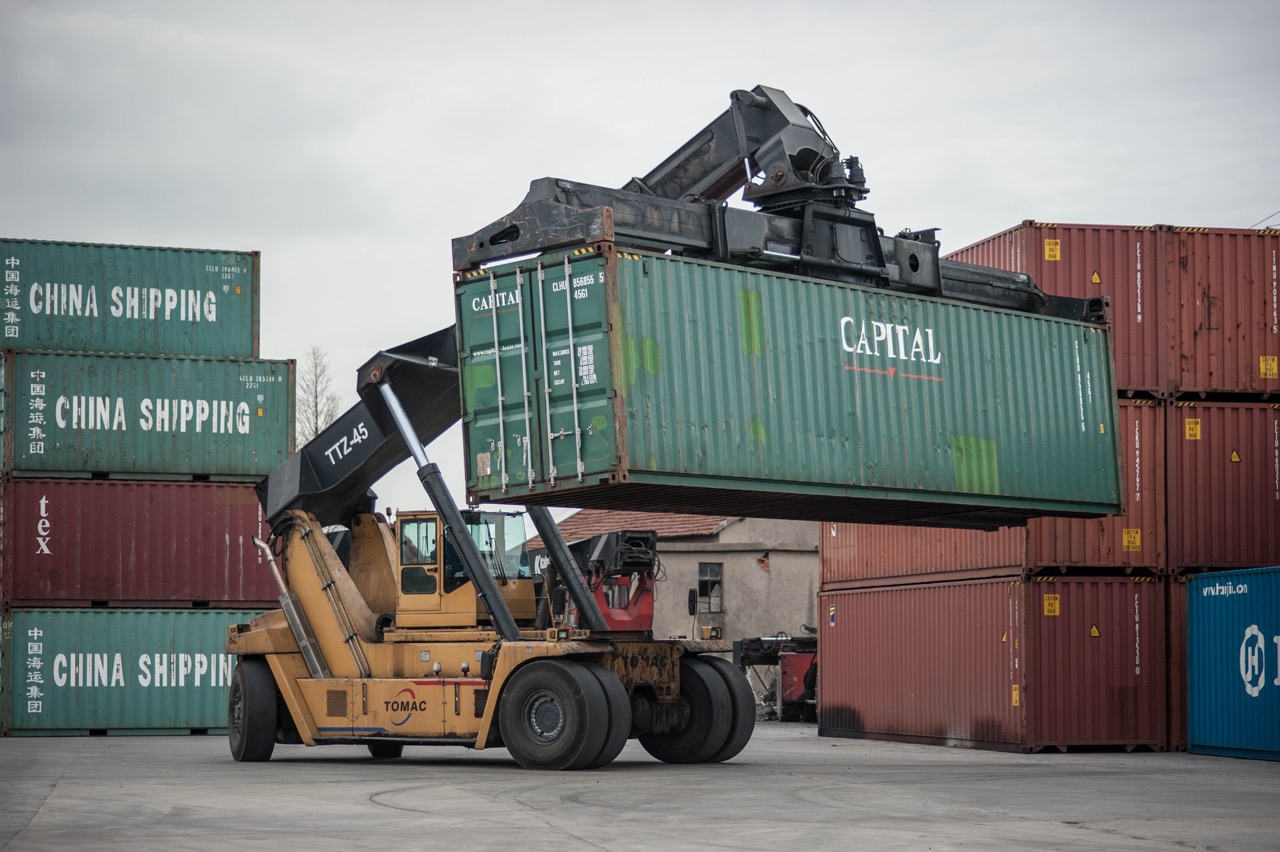The global freight forwarding market is falling: reasons
The global freight forwarding market has been in decline for the past two years. Transport Intelligence says revenue fell 3.7% to €348.1 billion in 2022 and 3.9% in 2023.
Overview of market dynamics by sector
The most significant decline is observed in the air transport sector. In 2022, its value decreased by 7.3%, and in the spring, a drop in demand for services began, which persisted into 2023. The decline in activity is clearly visible against the background of the traffic boom during the pandemic. In the second half of 2022, demand stabilised, and by the end of the year, air freight volumes were around €132 billion. Sea freight volumes totalled €216.4 billion.
Rising consumer prices had a negative impact on the freight forwarding market. In addition, demand fell due to the slowdown in some sectors, including manufacturing and construction. Rising interest rates made it more difficult for these segments to operate.

The effects of the above factors continued in 2023. As a result, the market volume totalled €334.3 billion. The biggest decline was in air transport, which fell by 4.7%. In this case, in addition to the reasons mentioned above, the fall in demand was due to the rise in fuel prices. As a result, many customers switched from air freight to ocean freight. After record rates during the pandemic, the latter sector could not only normalise service prices but also optimise logistics chains, thereby reducing delivery times.
Nevertheless, sea freight will also see a 3.5% decline in volumes to almost EUR 209 billion by 2023. Analysts note that the dynamics of revenue decline in the maritime sector have accelerated due to the imbalance between demand and improved delivery speeds. Ocean carriers have established processes to move new tonnage, but demand for services is still low.
Freight forwarding market dynamics by region
The global freight forwarding market is not geographically balanced. The following picture emerges:
- North America, Asia and Europe account for approximately 88% of total volumes;
- the Middle East and North Africa account for 5%;
- South America accounts for 4%;
- the Caucasus and Central Asia account for 1.4%.
At the same time, only one region continues to grow – the Middle East. Its volumes increased by 3.7% in 2022 and 0.8% in 2023. The biggest decline in 2022 was in Asia-Pacific – by 5.8%. In 2023, the worst dynamics were in North America, where volumes fell by 6.2% compared to the previous period.
















